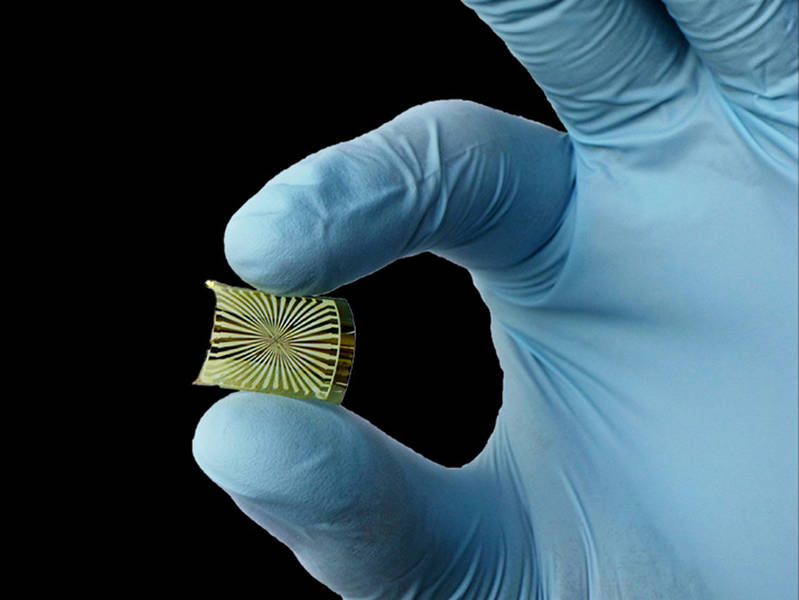Graphene is no doubt a super material. Consisting of a just a single layer of carbon atoms, it’s the strongest material ever tested. It conducts heat and electricity efficiently, is nearly transparent, and is biodegradable.
Now, researchers at the University of Texas at Austin and Seoul National University have found a way to use this super material to create an ultrathin artificial retina.
This ultrathin artificial retina could vastly improve visualization technology for the blind
Worldwide, millions of people suffer from retinal diseases. The existing silicon-based retinal implants can successfully restore a small amount of vision, but the images formed are often blurry. This can result in long-term strain or damage to surrounding tissue.
To improve upon this, researchers have developed the world’s first ultrathin artificial retina. Researchers used a combination of graphene, molybdenum disulfide (another 2D material), gold, alumina, and silicon nitrate to construct it. Scientists created a flexible, high-density curved sensor array. The device conforms to the size and shape of a natural retina and is without any mechanical disturbance.
According to researcher Nanshu Lu, “This is the first demonstration that you can use few-layer graphene and molybdenum disulfide to successfully fabricate an artificial retina.”
“Although this research is still in its infancy, it is a very exciting starting point for the use of these materials to restore vision.”






